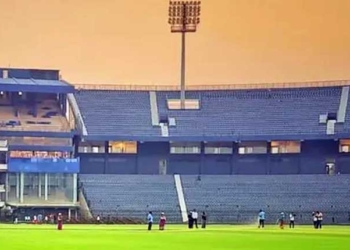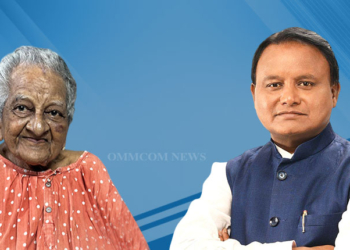Bhubaneswar: The Odisha Government has decided to step up its fight against sickle cell disease (SCD) and thalassemia, with a sharper focus on high-risk tribal and backward districts.
Health and Family Welfare (H&FW) Secretary Aswathy S. issued the directive while reviewing the progress of the state’s SCD and thalassemia management programme in a high-level meeting at Lok Seva Bhawan on Tuesday.
Mission Director, National Health Mission (NHM), Dr Brundha D. briefed the meeting that 21 districts—including Sundargarh, Mayurbhanj, Keonjhar, Rayagada, Koraput, Malkangiri, and others—are currently covered under the National Sickle Cell Anaemia Elimination Mission. Screening is being conducted through multiple platforms: by RBSK teams at schools and Anganwadi Centres for children aged 0–18, during antenatal care for pregnant women, via mobile health units in tribal belts, and through Ayushman Arogya Mandirs in urban areas.
Since the programme’s launch in July 2023, Odisha has conducted 46.65 lakh screenings against a target of 1.08 crore screenings by 2025-26. So far, 97,501 SCD cases and 4.11 lakh sickle cell traits have been identified. All identified patients are being provided treatment through government hospitals.
The State has also introduced special support measures for patients. Registered SCD patients receive a monthly transport allowance of ₹500, free blood and medicines, and exemption from service charges for blood packs. Children below 12 years are eligible for financial assistance of up to ₹10 lakh for bone marrow transplants.
Senior officials, including Special Secretaries Dr Bijaya Mohapatra and Smita Biswal, Dr Jitendra Bebarta, Director Family Welfare Dr Biswamohan Mishra, and Additional Secretary Srikanta Majhi, participated in the deliberations.
The H&FW Secretary urged all departments and field teams to intensify the drive and ensure screening, treatment, and awareness reach every vulnerable household in Odisha’s high-risk zones.

















